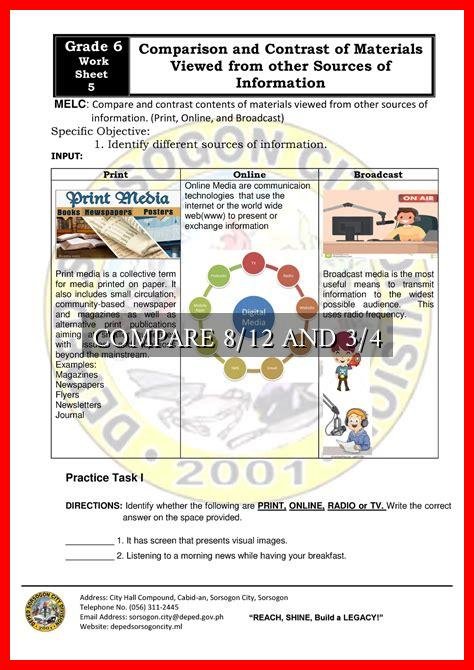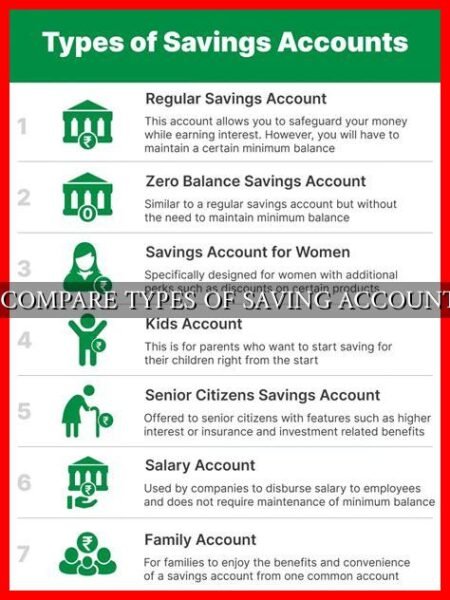-
Table of Contents
Comparing 8/12 and 3/4: Understanding Fractional Differences
When it comes to fractions, understanding the differences between various values is crucial for mathematical proficiency. In this article, we will compare the fractions 8/12 and 3/4 to explore their similarities and differences. By delving into the concepts behind these fractions, we can gain a deeper understanding of how they relate to each other.
Understanding the Basics
Fractions represent a part of a whole, with the numerator indicating the number of parts being considered and the denominator representing the total number of equal parts that make up the whole. In the case of 8/12 and 3/4, both fractions are less than one, indicating that they represent values smaller than the whole.
Comparing 8/12 and 3/4
When comparing 8/12 and 3/4, it is important to note that both fractions can be simplified to their lowest terms to facilitate a more straightforward comparison. To simplify 8/12, we can divide both the numerator and denominator by their greatest common factor, which in this case is 4.
. This simplifies the fraction to 2/3. On the other hand, 3/4 is already in its simplest form.
Decimal Equivalents
Converting fractions to decimals can provide a clearer picture of their relative values. When we convert 2/3 to a decimal, we get approximately 0.6667. In contrast, 3/4 is equivalent to 0.75. This conversion highlights the fact that 3/4 is slightly larger than 2/3 in decimal form.
Visual Representation
Visual aids can also help in understanding the differences between fractions. By representing 2/3 and 3/4 on a number line or using visual models such as fraction bars, we can see that 3/4 is closer to one whole than 2/3. This visual representation reinforces the numerical comparison we made earlier.
Real-World Applications
Understanding fractions is not just a theoretical exercise; it has practical applications in various real-world scenarios. For example, in cooking, recipes often call for specific measurements that involve fractions. Knowing how to compare and manipulate fractions can help in adjusting recipe quantities or scaling up or down as needed.
Conclusion
In conclusion, comparing fractions such as 8/12 and 3/4 provides valuable insights into their relative values and relationships. By simplifying fractions, converting them to decimals, and using visual aids, we can better understand how these fractions compare to each other. This understanding is not only essential for mathematical proficiency but also has practical applications in everyday situations.
For further reading on fractions and their applications, you can explore resources such as Khan Academy’s Fraction Arithmetic section.





